ART CITIES: N.York-Mai Thu Perret
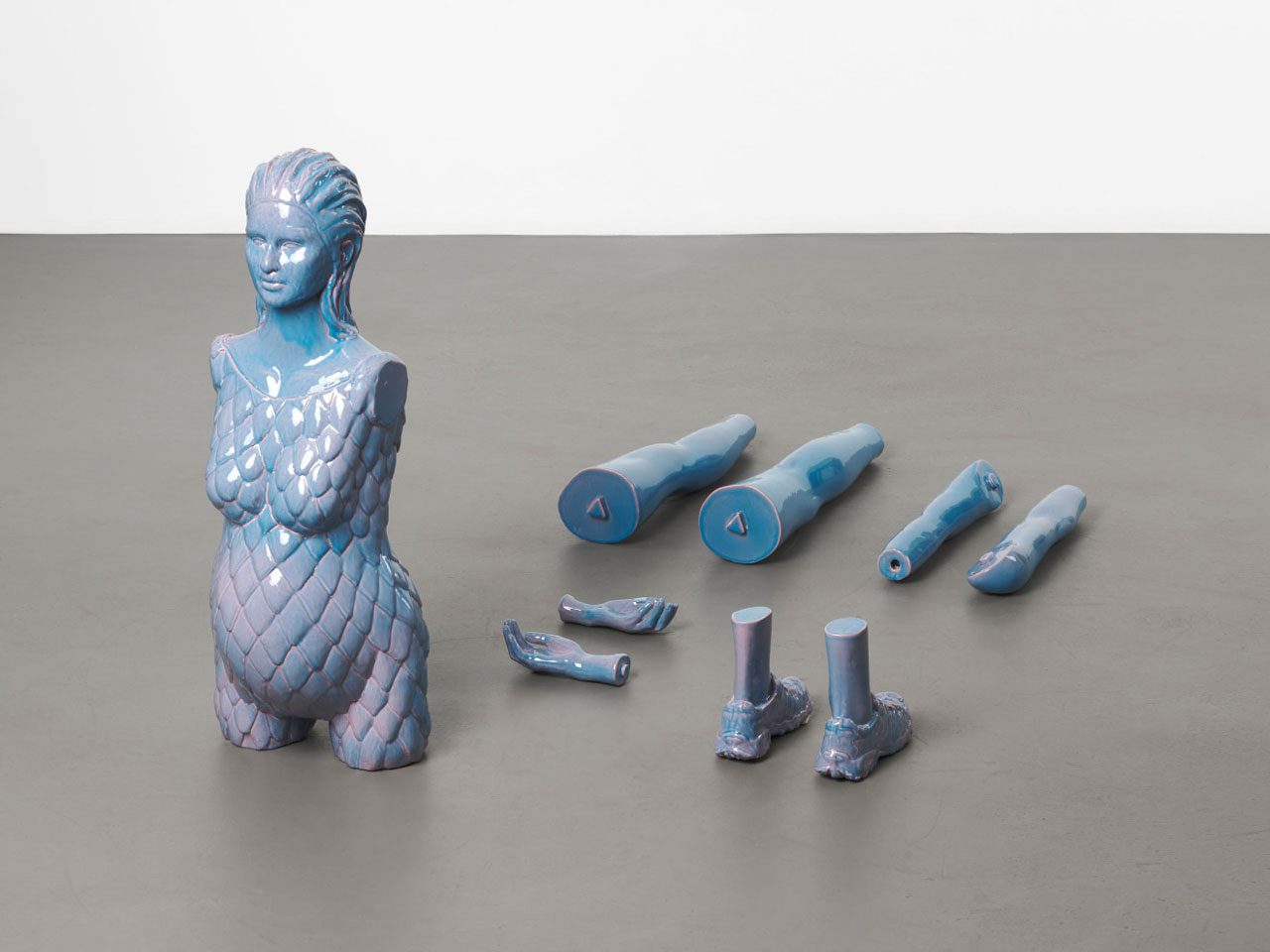 The sculptures, paintings, ceramic works, performances, and texts of Mai-Thu Perret exist at the intersection of contemporary culture, art historical critique, and visceral materiality. She explores (and generates) feminist narratives and counter-narratives that cast the role of the art object in new light, introducing utilitarian, symbolic, and even mystical possibilities in contexts that are often limited to formalist readings.
The sculptures, paintings, ceramic works, performances, and texts of Mai-Thu Perret exist at the intersection of contemporary culture, art historical critique, and visceral materiality. She explores (and generates) feminist narratives and counter-narratives that cast the role of the art object in new light, introducing utilitarian, symbolic, and even mystical possibilities in contexts that are often limited to formalist readings.
By Dimitris Lempesis
Photo: David Kordansky Gallery Archive
In Mai-Thu Perret’s encompassing vision, the development of modernism appears not only as a story about increasing abstraction, but as the outgrowth of biological and neurological patterns that have informed human expression throughout the globe for thousands of years. Perret’s work shows how bodies are always implicit subjects of artistic discourse, and how impulses for utopian transcendence (aesthetic, political, or otherwise) can always be traced back to the physicality of desire. Mai-Thu Perret’s solo exhibition “Underworld” includes ceramic sculptures, tapestries, and a large-scale sculptural installation. Perret, who was born and continues to live and work in Geneva, has authored a multidisciplinary body of work that has steadily evolved over the last twenty years. She has touched on many of the foundational themes in the cultural and art historical imaginations, bringing a decidedly feminist point of view to the production of sculpture, performance, and conceptual projects. Her work often draws from each of these categories at once, not only in single exhibitions like this one but even in single works. It also straddles—and deconstructs—lines between fine and applied art, for instance, and between figuration, pattern-based abstraction, and gestural expression. This exhibition finds Perret expanding formal and material vocabularies that she has been developing since the beginning of her career. The pliability of clay and the alchemical mutability of glazes has often led her to experiment with ceramics, and to produce works whose many moods and broad formal range constitute a complete and complex body of work in their own right. In new human-sized sculptures based on ancient terracotta representations of underworld-guarding sirens, Perret combines glazed ceramics with bronze to create similarly hybridized entities that are the latest additions to a heterogeneous group of uncanny, mannequin-like works that have marked important turning points in her career. Part human females, part feathered birds, as alluring as they are disconcerting, these figures stand as sentries before the entrance to a tomb-like space the artist has constructed in the gallery. Inside this structure, another humanoid ceramic figure lies on her back like a cyborg waiting to be assembled, her body parts separated from one another. The figure shows signs of being pregnant, so that even in her dismemberment she is neither fully alive nor fully dead, but rather a guardian, in her own destabilizing way, of a liminal state in which coming into life is strangely coequal with departing from it. While this state is symbolized in creation and nature myths from throughout the world, it also hints at the frightening confabulation of hope and hopelessness that characterizes current events in our own age. By locating the emotional valences of such paradoxical forms of being in works that simultaneously key a range of associations to various art historical touchstones (here these include the sculptures of Louise Bourgeois and Paul Thek, ancient architecture, science fiction, and the varied chapters of her own work) Perret posits a place for creative production in which narrative, language, and criticality brush up against ways of experiencing the world that are purely physical and intuitive. Though the work is elegiac in tone, it also hints at the unbridled powers of regeneration set in motion when decay and decomposition are permitted to do their ultimately unavoidable work. A related tension animates wall-based ceramic works on view, which share fundamental concerns with painting, such as a heightened awareness of ways in which color and texture accentuate and complicate one another, as well as a nuanced understanding of the pictorial implications of using the wall as a support. One of the works assumes a large triangular form that is almost ten feet wide; its ridges and depressions recall the topographical variation of a continental landmass, with areas where glaze has pooled or thinned suggesting flows of water and lava, or even the movements of weather systems or migratory bands of animals. Like the figures on view, each of the wall-based ceramic works prompts questions about how the natural world and its constant transformations can be embodied in art objects. In smaller works of this kind, the artist’s intense, even violent manipulations of the clay can alternate with recognizable forms like a moth, which finds an echo in the garb of one of the figurative sirens. For Perret, art objects are often transformations themselves, rather than pictures of what it looks or feels like for one thing to become another. She locates the picture-making instinct along a spectrum of visual and physical expressions. As a result, symbolism and even more discursive forms of language reveal their roots in the organic life forces of the brain and body where they are conceived and interpreted. Also exemplifying this important tendency in Perret’s work are the designs for a new group of large wool tapestries, which are based on watercolors whose open-ended painterliness and lush colors make them unlikely candidates for transformation into a medium dependent on linearity and precision. Perret has long been interested in the ways in which textiles represent the intersection of otherwise distinct lines of artistic endeavor. Because they are visual and tactile, pictorial as well as decorative, the tapestries challenge preconceived separations between art made for its own sake and applied aesthetic production in design, architecture, and other mediums. For Perret, this slippage establishes an intermediate, prodigiously fertile zone between the material world and the internal, somatic, and often visionary phenomena of the human body, one that is mirrored in the images and iconographies the tapestries depict. The same can be said of this exhibition as a whole, which channels uneasy moods that are all too common in contemporary social life, even as it reminds its viewers that there is an edifying ground beneath their feet and within their bodies and imaginations.
Photo: Mai-Thu Perret, Build fire and read the future in smoke, 2024, glazed ceramic, dimensions variable, © Mai-Thu Perret, Courtesy the artist and David Kordansky Gallery
Info: David Kordansky Gallery, 520 West 20th Street, New York, NY, USA, Duration: 25/10-21/12/2024, Days & Hours: Tue-Sat 10:00-18:00, www.davidkordanskygallery.com/
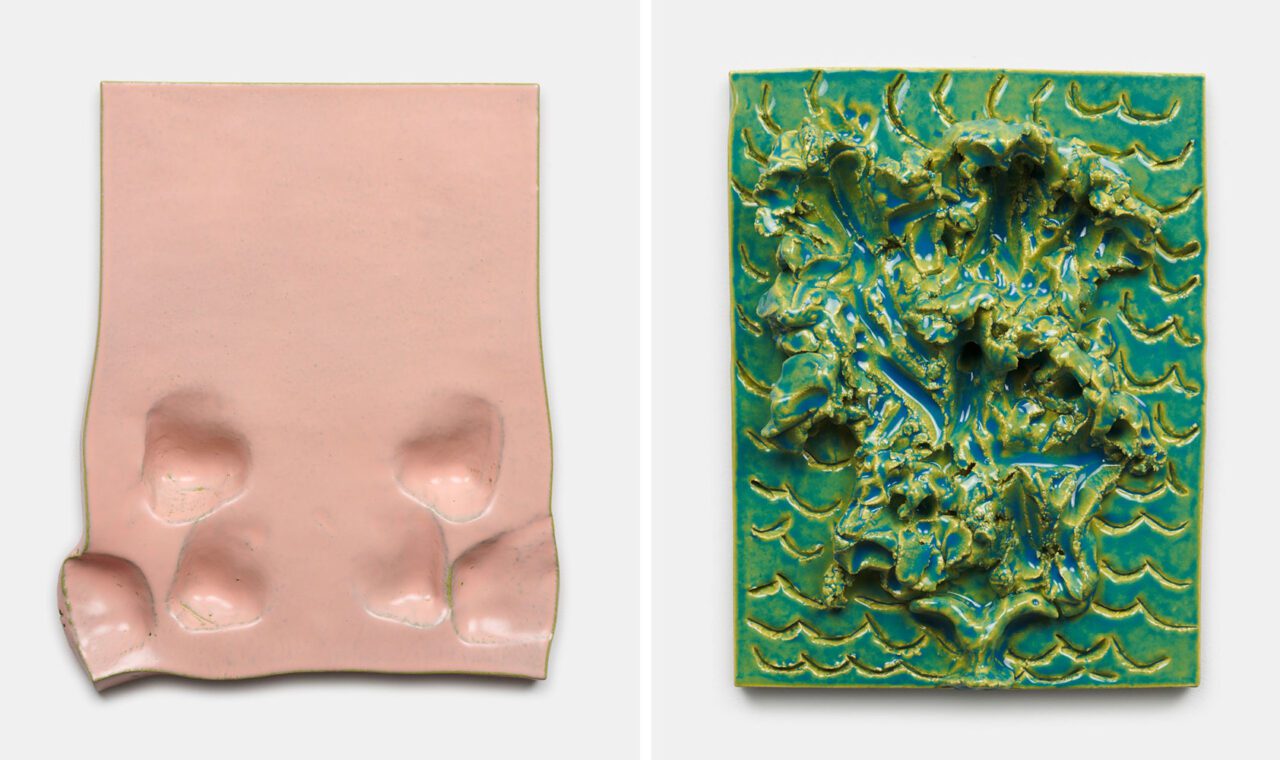
Right: Mai-Thu Perret, The sound of the stream washes my ears clean, the canopy of pines touches green to my eyes, 2024, glazed ceramic, 19 1/4 x 14 7/8 x 4 3/4 inches (48.9 x 37.8 x 12.1 cm), © Mai-Thu Perret, Courtesy the artist and David Kordansky Gallery
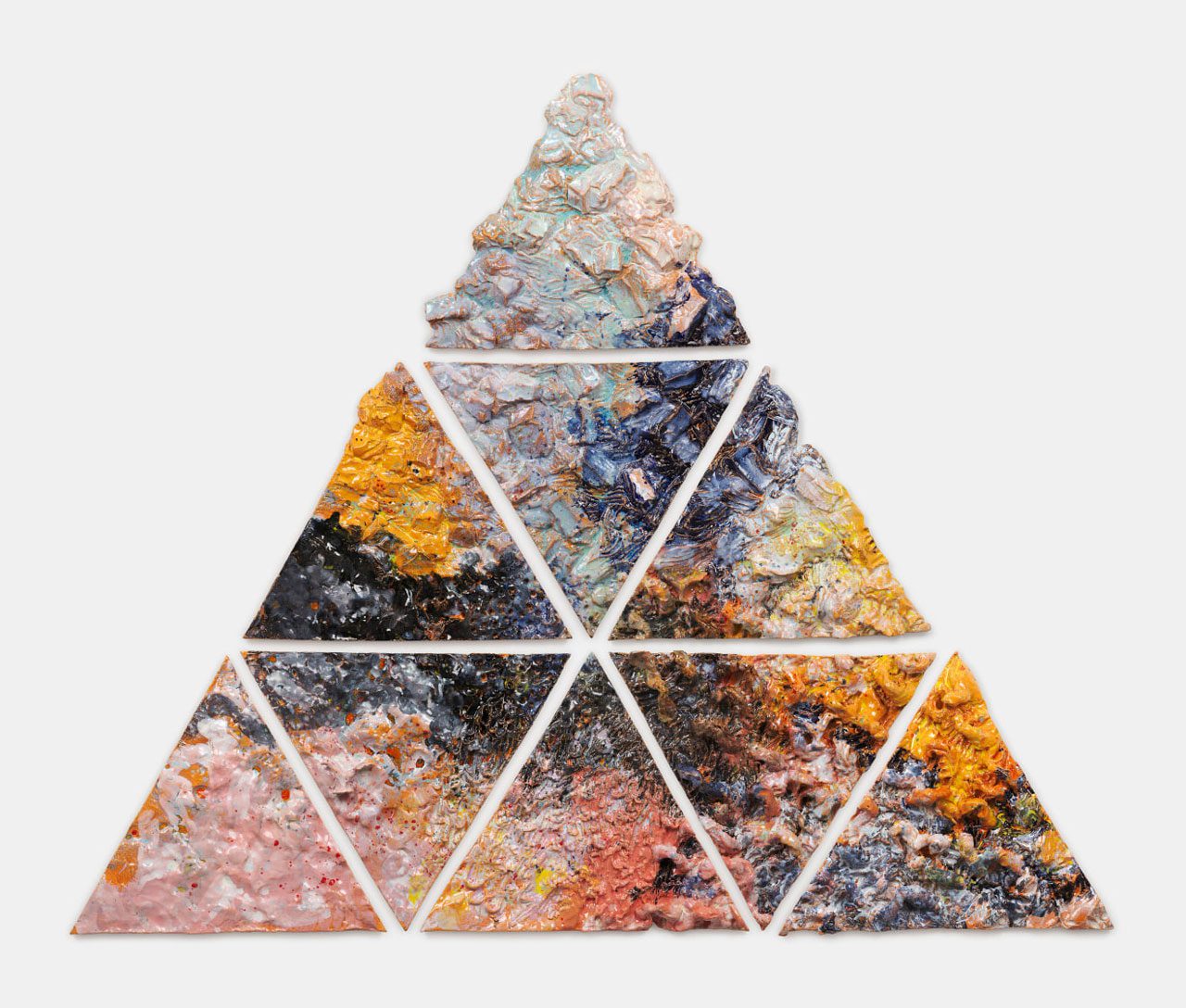
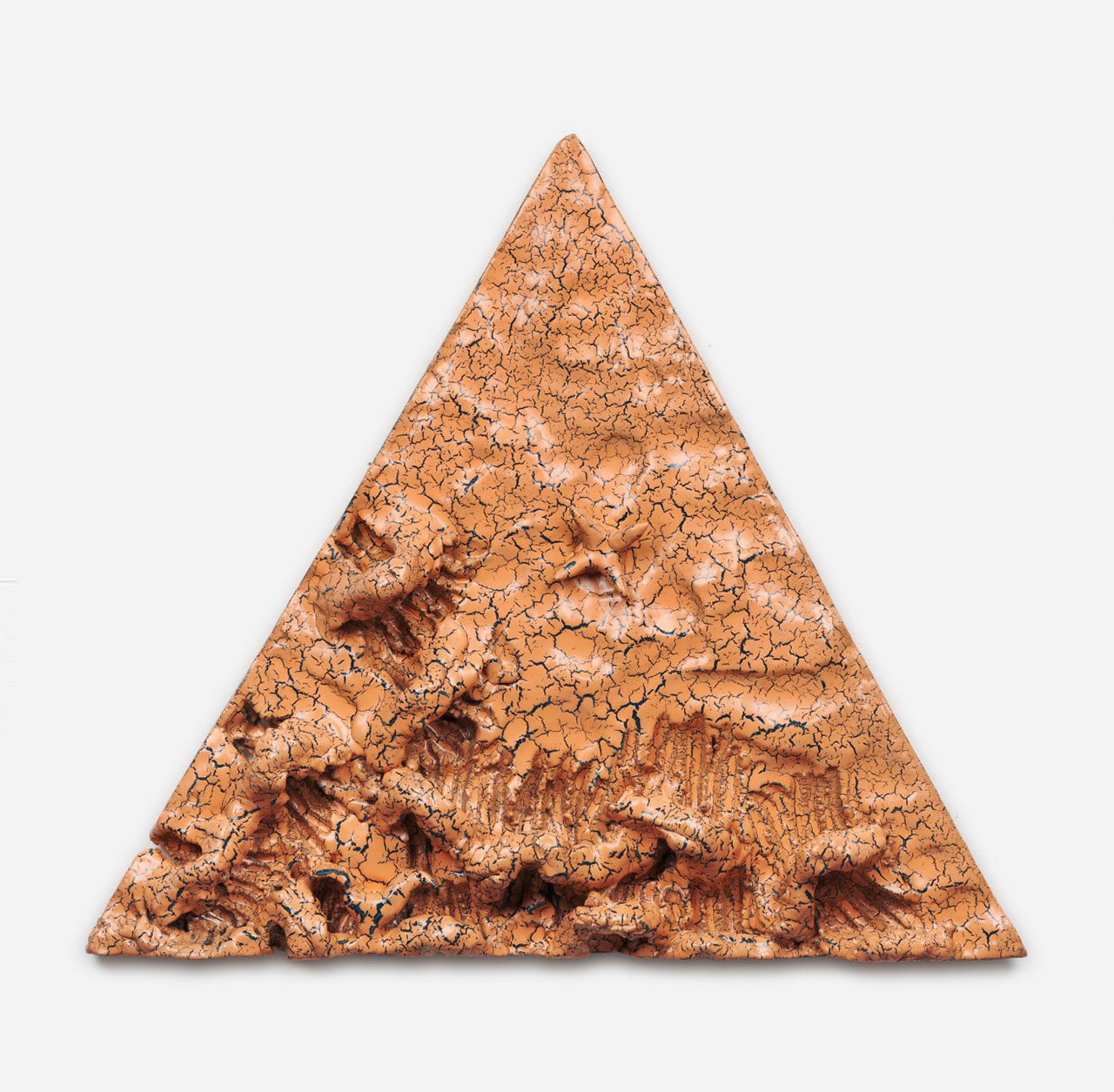
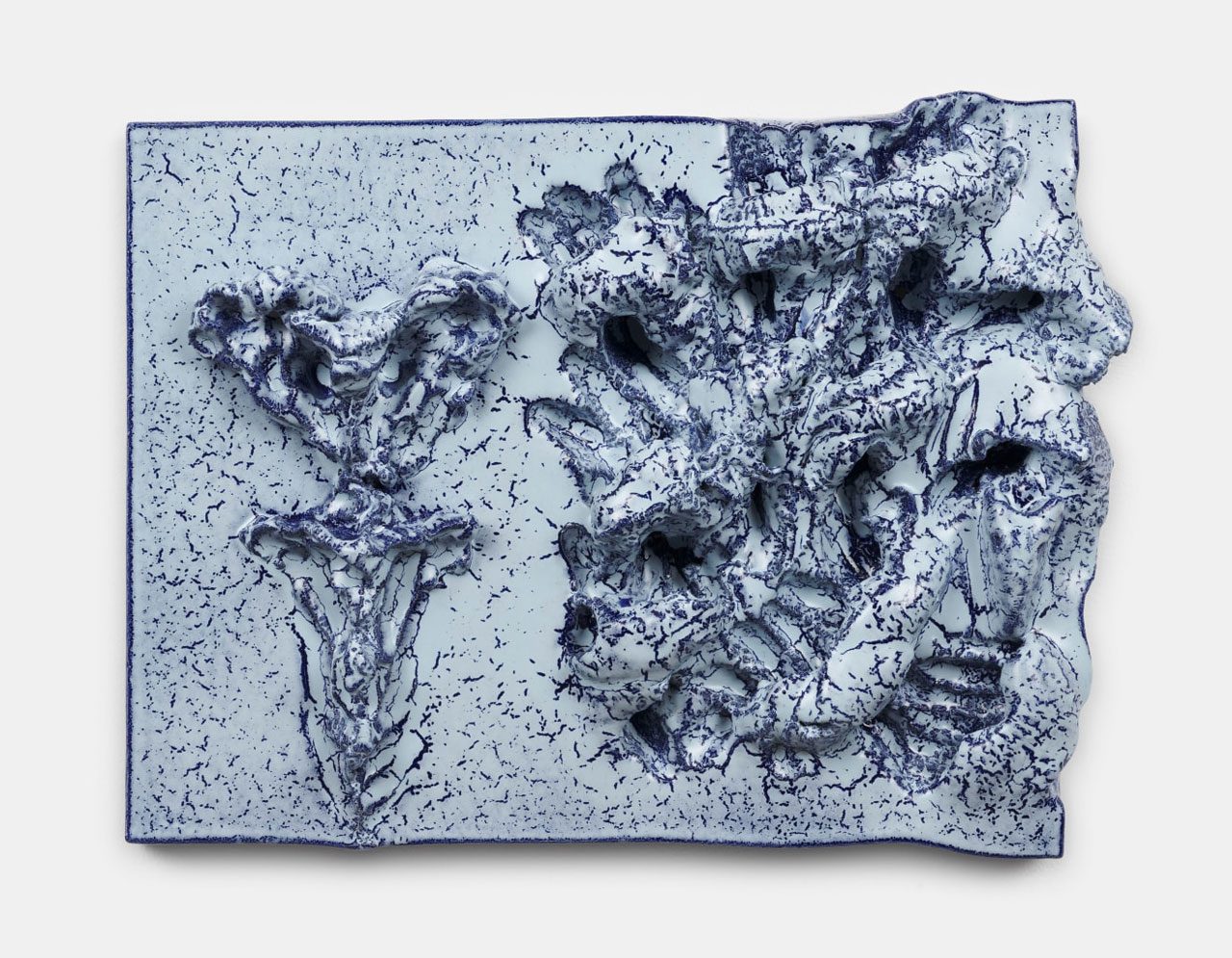
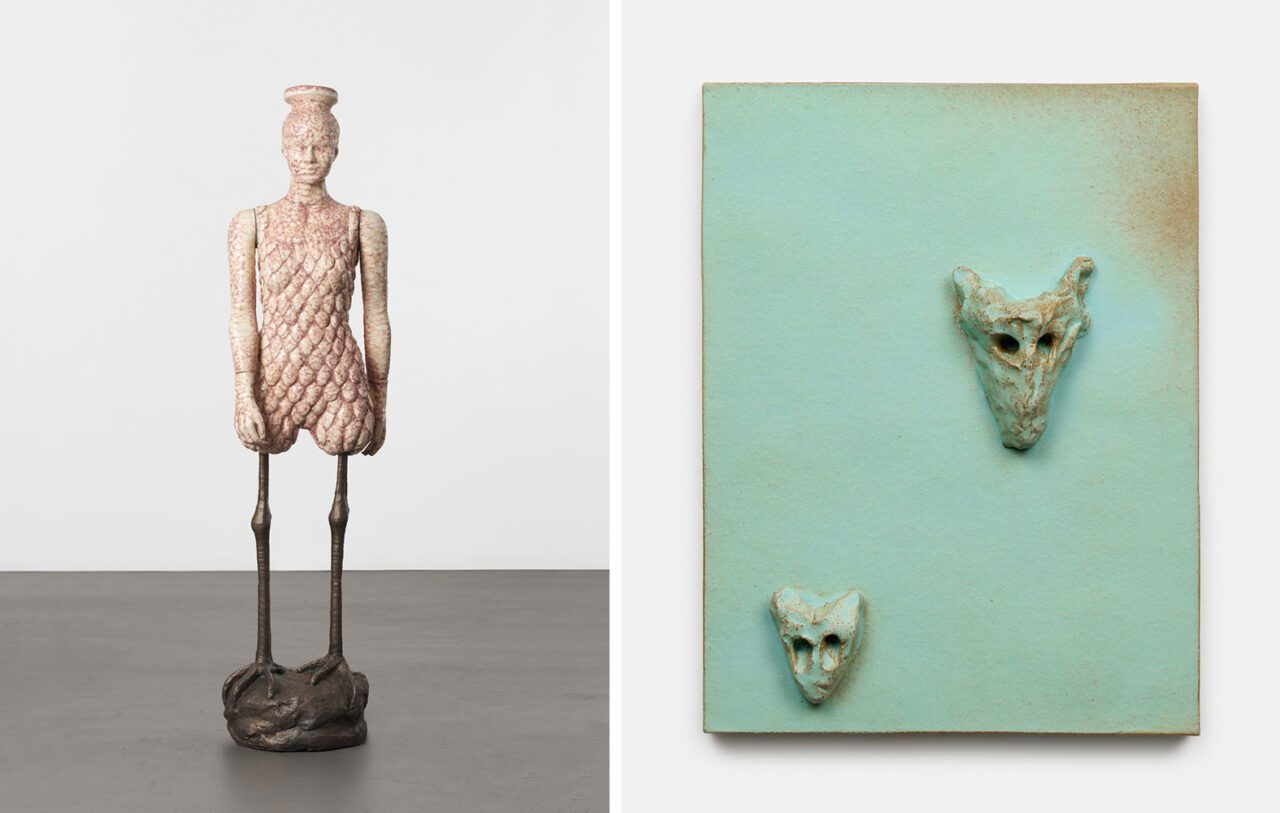
Right: Mai-Thu Perret, The grasses are green, green in color; long or short, the spring wind lets them be, 2024, glazed ceramic, 18 1/8 x 13 7/8 x 3 1/2 inches (46 x 35.2 x 8.9 cm), © Mai-Thu Perret, Courtesy the artist and David Kordansky Gallery
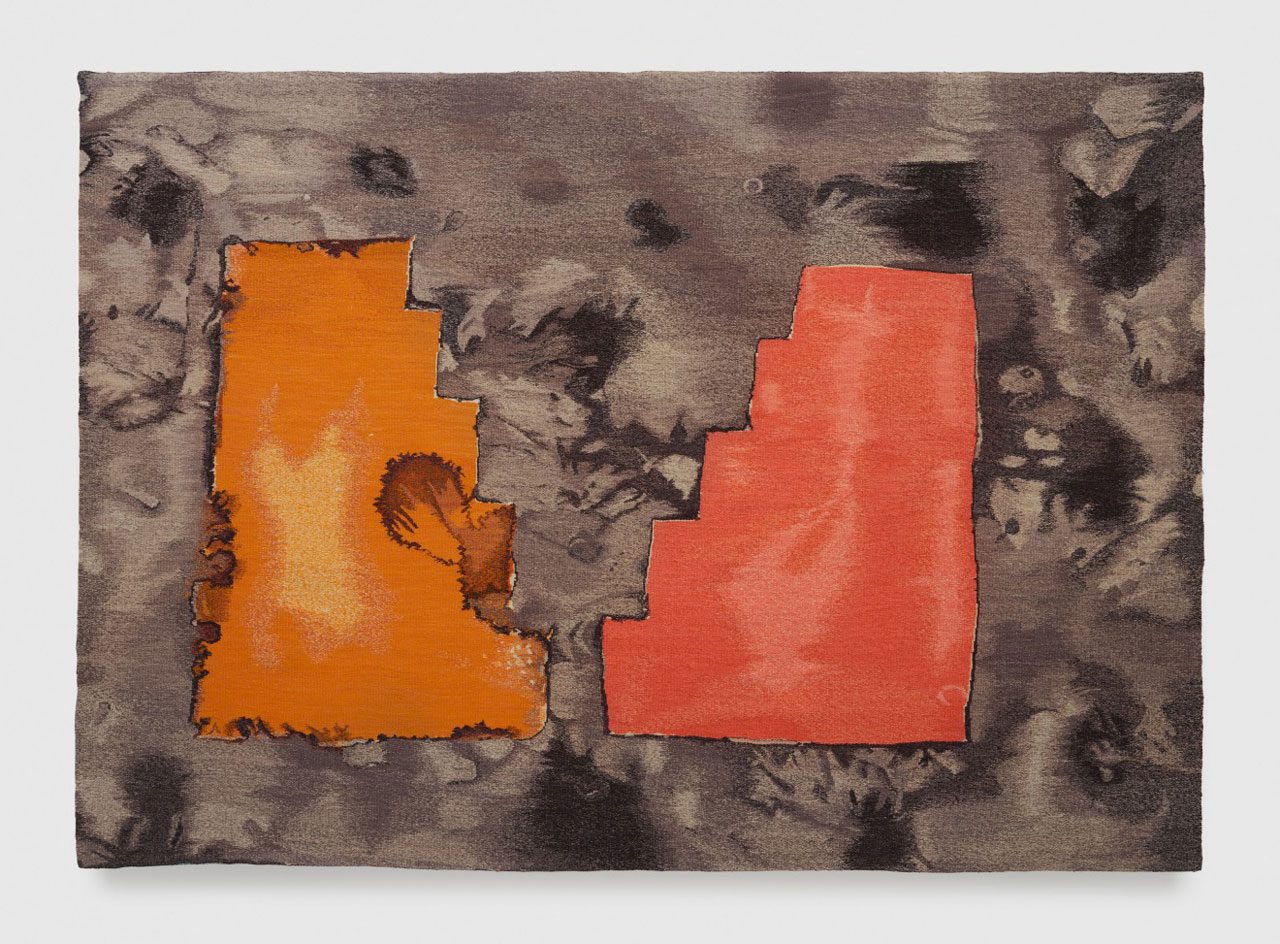
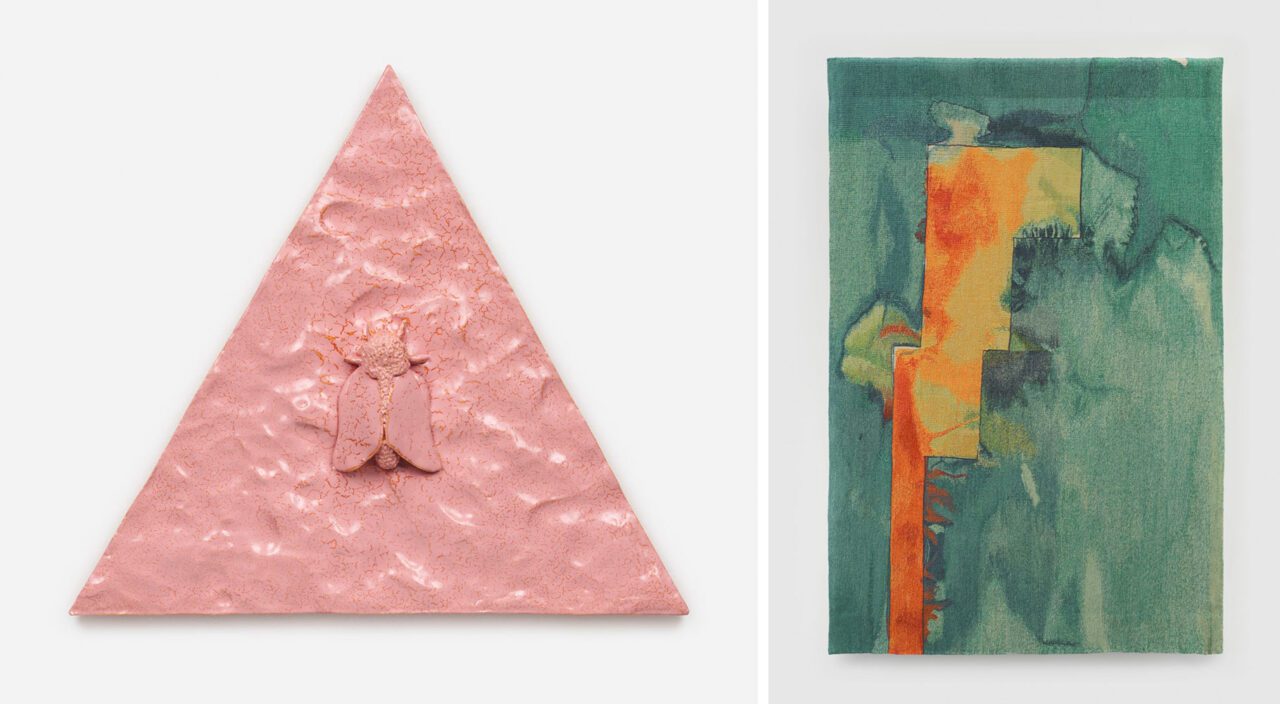
Right: Mai-Thu Perret, To be sunlight, not history, 2024, haute-lisse hand woven wool tapestry, 88 1/4 x 59 3/8 inches (224.2 x 150.8 cm), © Mai-Thu Perret, Courtesy the artist and David Kordansky Gallery
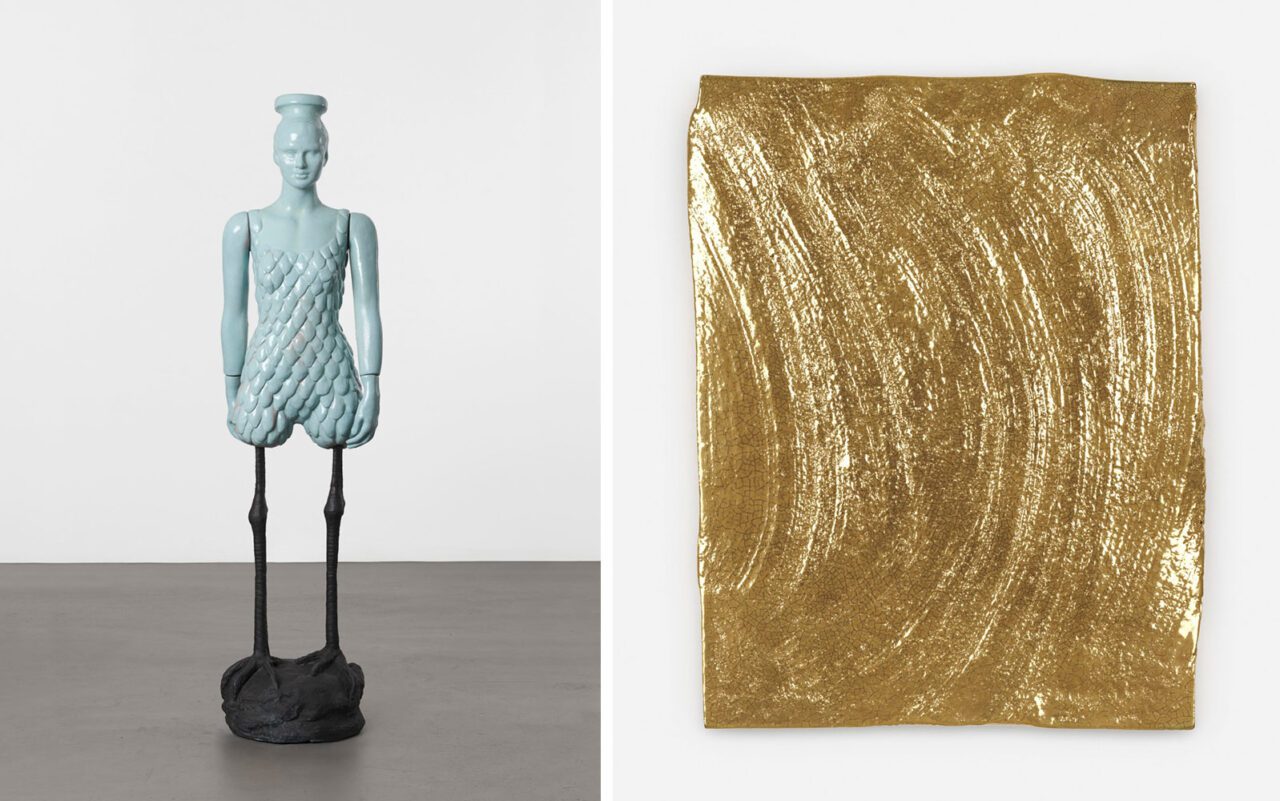
Right: Mai-Thu Perret, Where are all the buddhas?, 2024, glazed ceramic and gold, 19 1/4 x 15 x 2 inches (48.9 x 38.1 x 5.1 cm), © Mai-Thu Perret, Courtesy the artist and David Kordansky Gallery
